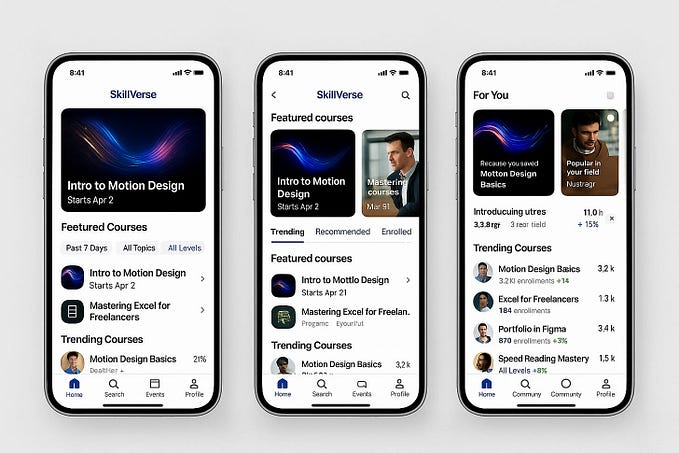Member-only story
How we use InVision Freehand to journey map together
Turning the corner on collaborating between remote and co-located participants.

Working remotely can be a wonderful thing. However, collaborating between individual remote workers and co-located teams can be problematic. As part of our ACST design process, a handful of our design activities are much richer if they are done with a group of people. Somewhere along the beginning of most projects, we do some version of a design workshop. A particular pain point for our team is the collaborative journey map exercise.
Remote collaboration is hard
Previously, our best idea was to try to have the workshop facilitator travel to the largest, closest team of co-located participants. Everyone gets a meeting invite, project summary (requirements, scenarios, research), and agenda. The facilitator and co-located team gather in a large room with a whiteboard, markers, and stacks of sticky notes. Then remote participants joined via hangout. The problem with this approach is twofold:
Remote participants had a severely deprecated experience.
Not only would they have to request that someone in the room write their idea on the board, they typically did not have a good view of what was already on the board. This left them trying to catch enough of the dialogue to stay on the train of thought and greatly marginalized as a contributor.
Co-located participants were uncomfortable and fell into group apathy.
One would assume those in the room together would be highly engaged, but it typically didn’t go that way. These sort of group workshops are foreign to how most participants are used to working. Sorting out strategy and ideation through conversation and sticky notes in front of a group made most participants retreat rather than engage with the process. This leaves the facilitator trying desperately to draw out the team.










